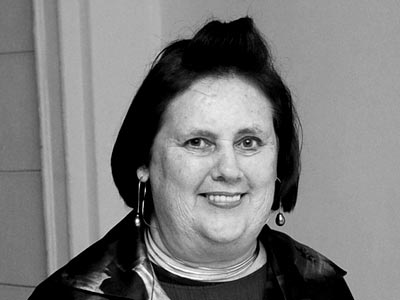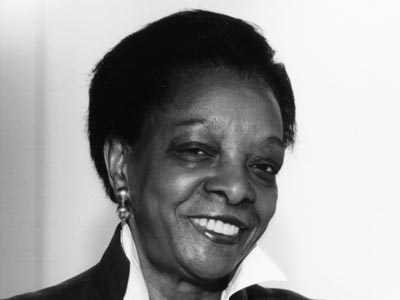|
|
||
|
From Ikea’s Mia Lundström to the Chinese president, these people are set to change the way we think and work – so you’d best keep an eye on their next moves … 1. Xi Jinping, president of China
The Chinese president cracked down on “weird” architecture in late 2014, calling for buildings that are “like sunshine from the blue sky and the breeze in spring that will inspire minds, warm hearts, cultivate taste and clean up undesirable work styles”. Luckily, a new generation of Chinese architects might just be up to the task. 2. Paola Antonelli, MoMA senior curator of architecture and design
Living up to her Twitter handle @curiousoctopus, MoMA’s senior curator of architecture and design has many tentacles: from curating and collecting some of the world’s most unexpected objects, to writing and teaching. One of her boldest moves has been to induct video games into MoMA’s permanent collection. 3. Suzy Menkes, editor, International Vogue
With the media declaring an end to the rise of the fashion blogger, Vogue’s new international editor is in a perfect place to claw back influence from the selfie-snappers. Denouncing backdoor sponsorships at major fashion events, Menkes commands a global audience ready for a more substantial and intellectual approach. 4. Henk Ovink, planner
This Dutch spatial planner’s next big challenge is to assist the US secretary of housing and urban development with post-Sandy reconstruction in New York. Essentially, Ovink advises on a range of flood defences-cum-landscape architecture infrastructure designed by OMA, BIG, OLIN, ZUS and SCAPE. 5. Marva Griffin, founder of Salone Satellite
In 1998, Griffin launched the Salone Satellite – a special exhibition at Milan’s Salone del Mobile showcasing designers under 35 – and instantly became a champion of the young and the ambitious. Her involvement launched the international careers of Nendo, Sebastian Wrong and Nika Zupanc. 6. George Ferguson, mayor of Bristol
Bristol’s first elected mayor, the architect George Ferguson has promised to make the city a “laboratory for change” (he’s already run the city’s successful campaign to become the 2015 European Green Capital). As many cities face being eaten up by developers, Ferguson boasts a human-centric, quality-of-life urban vision. London, watch out. 7. Jonathan Hursh, founder of INCLUDED and Utopia
Hursh is a key player in humanitarian urban design – both as founder of INCLUDED, a non-profit that aims to integrate economic migrants into cities, and as CEO of Utopia, dedicated to reinventing slums for the 21st century. He has collaborated with the likes of Balmond Studio on community centres and housing solutions for slums. 8. Tony Fadell, founder of Nest Labs
One of the leading players in the tech world right now, Fadell’s Nest Learning Thermostat started the smart homes revolution – or ended privacy as we know it – before expanding its range to smoke alarms and cameras. After being absorbed into Google (now Alphabet), Fadell has been charged with reviving the failed Google Glass project. 9. Assemble
Even though architectural collectives are nothing new, Assemble’s Turner Prize nomination has certainly done much to highlight the collaborative nature of practice. Urban acupuncture, creative reuse, social awareness and conceptual clarity will make Assemble, if not a force to be reckoned with, certainly an inspiration to others. 10. Mia Lundström, creative director of IKEA
Creative director at the Swedish megabrand, famous for its meatballs and chairs that look suspiciously like others, is hitting back at those who scoff at mass-produced design, embracing the hacking of IKEA’s collections, and collaborating with designers such as Ilse Crawford and Piet Hein Eek. Now more than ever is the time to love the flatpack. Agree or disagree with the list above? Who would you add to or exclude? Tell @iconeye on Twitter |
Words Icon |
|
|
|
||




























